AdBlue injectors
-
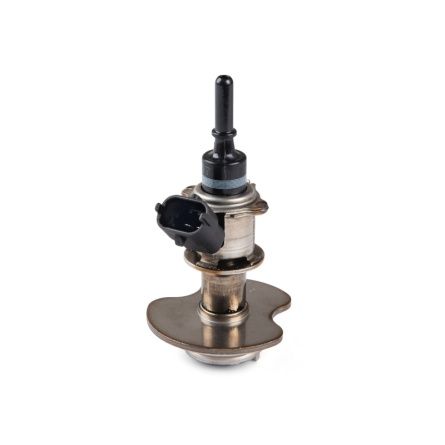
AdBlue Injector
JLRMX73-189E3-AB£155.60 £129.67 -
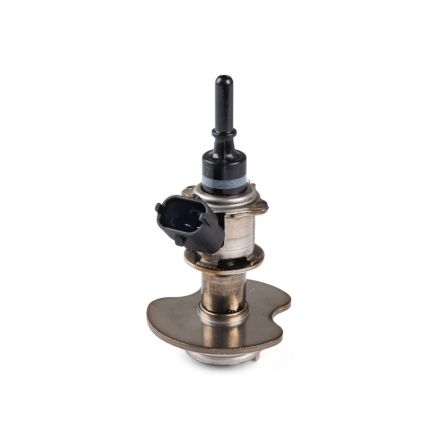
AdBlue Injector
JLRMX73-189E3-AA£155.60 £129.67 -
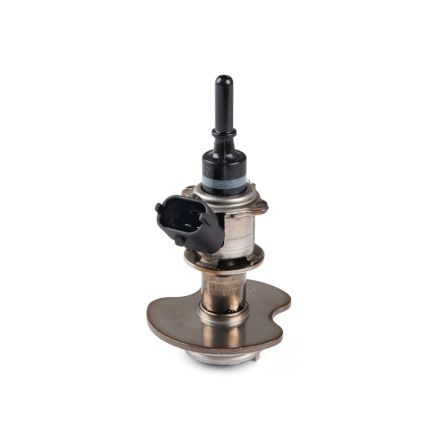
AdBlue Injector
Volkswagen7LA131113E£155.60 £129.67 -
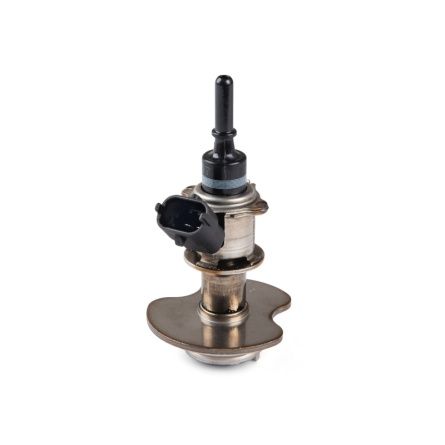
AdBlue Injector
Volkswagen05L131113AD£155.60 £129.67 -
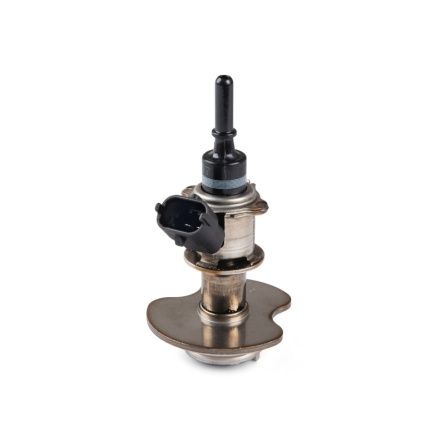
AdBlue Injector
FordMT76-5J281-AA£155.60 £129.67 -

AdBlue Injector
Ford2466742£155.60 £129.67 -

AdBlue Injector
Volkswagen05L131113S£155.60 £129.67 -
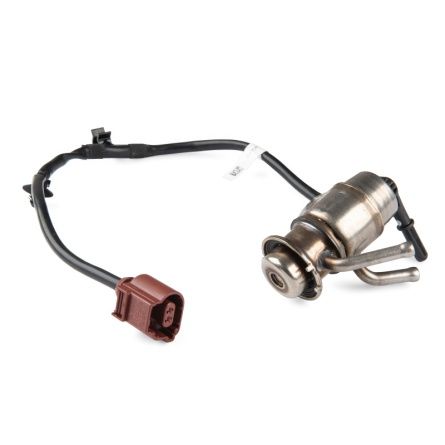
AdBlue Injector
Volkswagen04L131113P£245.69 £204.74 -
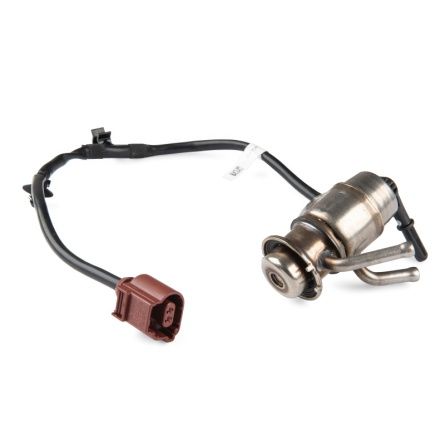
AdBlue Injector
Volkswagen04L131113K£245.69 £204.74 -

AdBlue Injector
Volkswagen04L131113L£245.69 £204.74 -
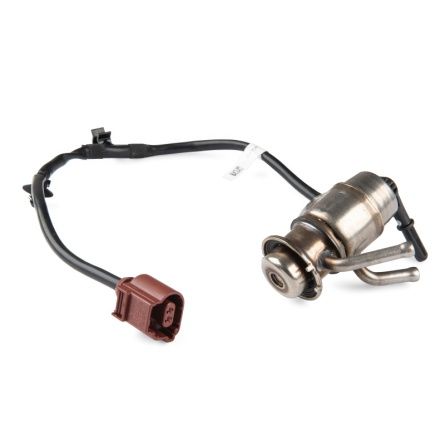
AdBlue Injector
Volkswagen04L131113R£245.69 £204.74 -
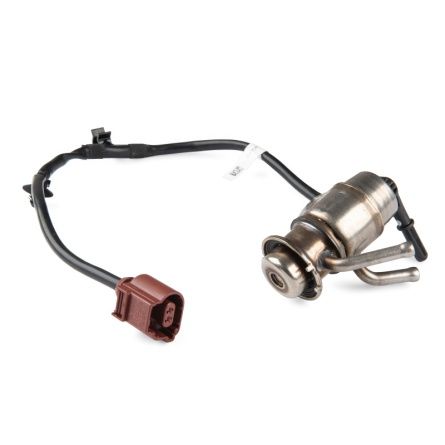
AdBlue Injector
Volkswagen04L131113G£245.69 £204.74 -

AdBlue Injector
Volkswagen04L131113Q£245.69 £204.74 -
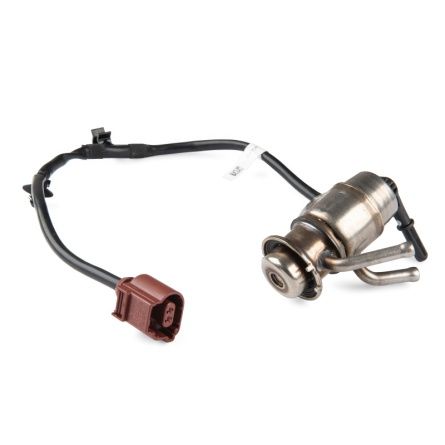
AdBlue Injector
Volkswagen03N131113D£245.69 £204.74 -
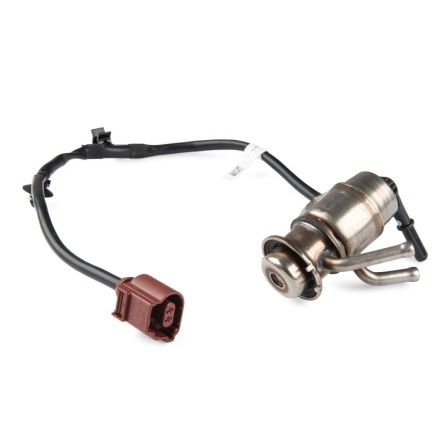
AdBlue Injector
Volkswagen03N131113B£245.69 £204.74 -
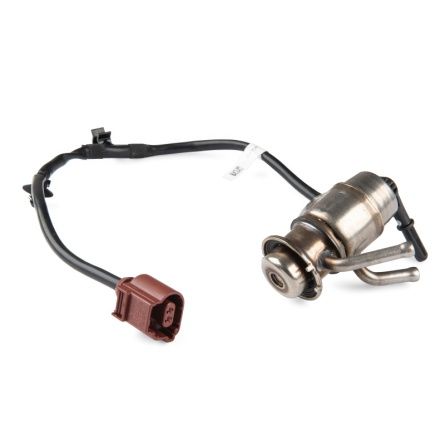
AdBlue Injector
Volkswagen03N131113C£245.69 £204.74 -
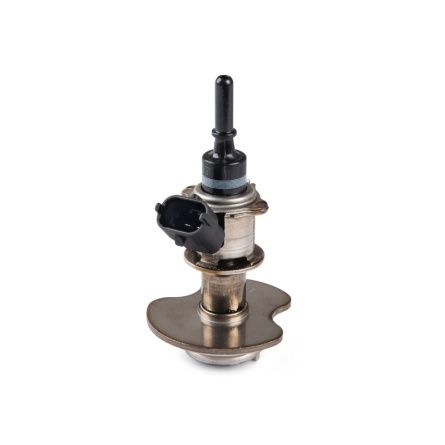
AdBlue Injector
JaguarT2H40075£155.60 £129.67 -
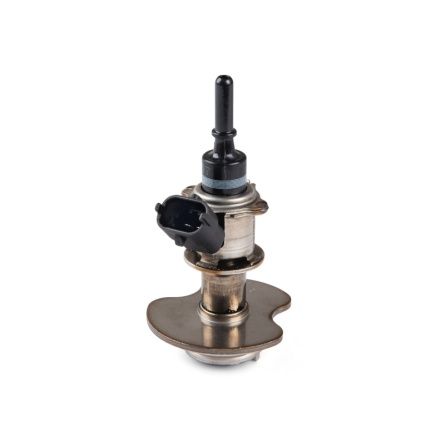
AdBlue Injector
JaguarT4A37267£155.60 £129.67 -
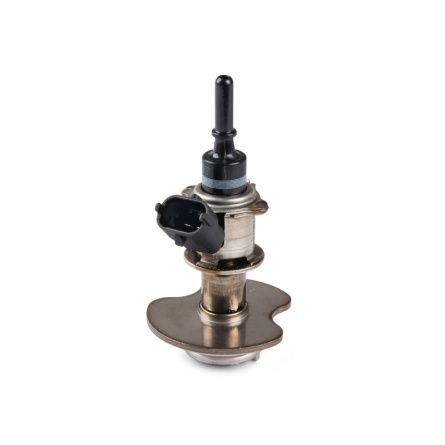
AdBlue Injector
Land RoverLR139640£155.60 £129.67 -
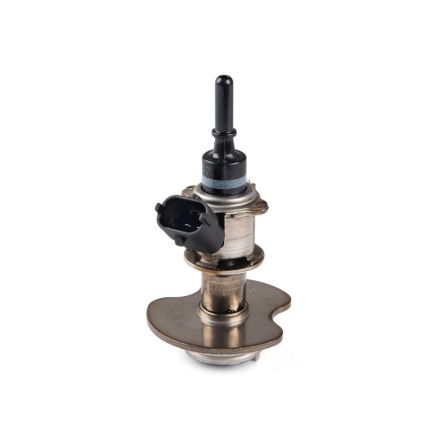
AdBlue Injector
Land RoverLR141097£155.60 £129.67 -

AdBlue Injector
Land RoverLR165903£155.60 £129.67 -
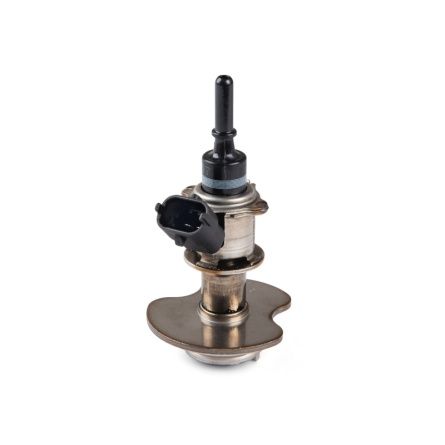
AdBlue Injector
Land RoverLR165902£155.60 £129.67 -
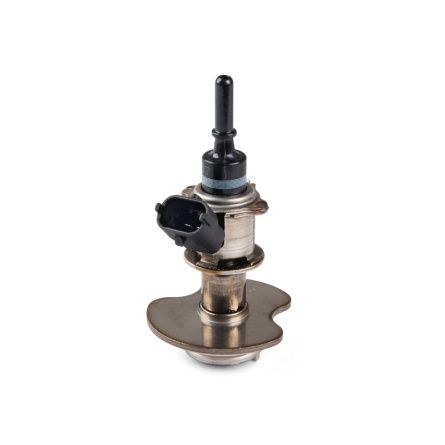
AdBlue Injector
JaguarT2H56196£155.60 £129.67 -
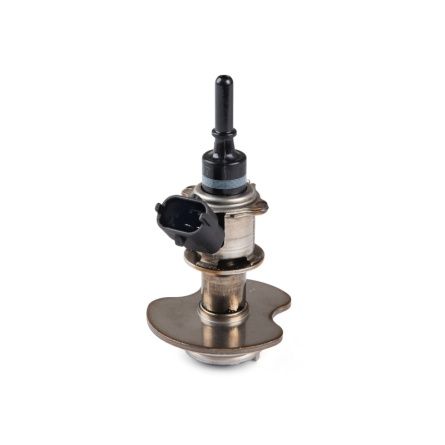
AdBlue Injector
JaguarT4A46815£155.60 £129.67 -

AdBlue Injector
Iveco5802414846£155.60 £129.67 -

AdBlue Injector
Volkswagen7LA131113A£155.60 £129.67 -
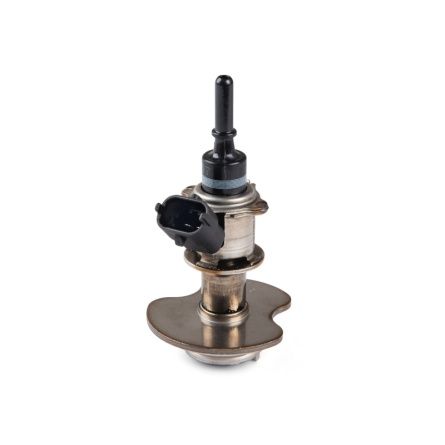
AdBlue Injector
Hyundai / KIA29630-2U000£155.60 £129.67 -
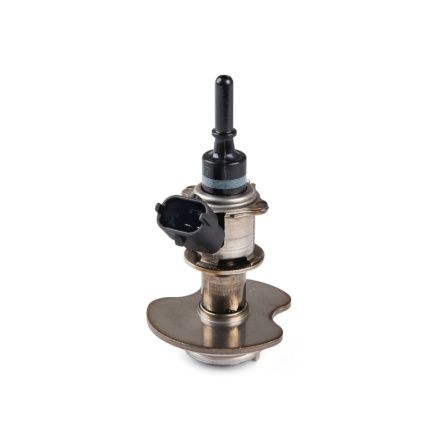
AdBlue Injector
FordKV61-5j281-AB£155.60 £129.67 -
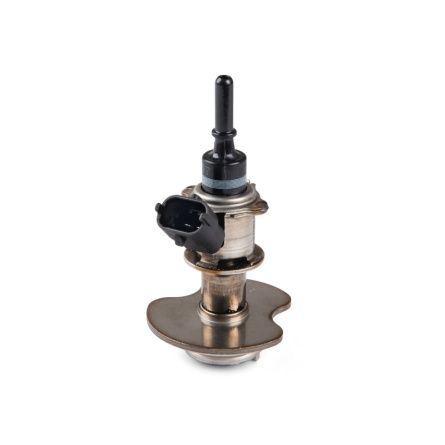
AdBlue Injector
Ford2249375£155.60 £129.67 -
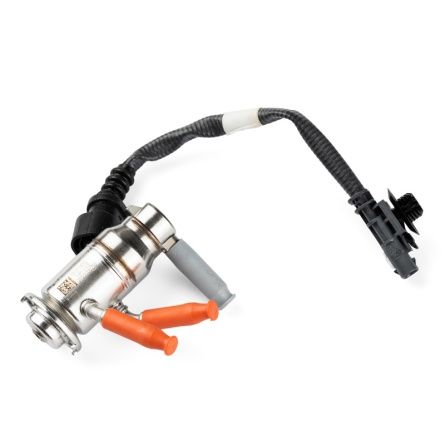
AdBlue Injector
Fiat55283499£122.84 £102.37 -
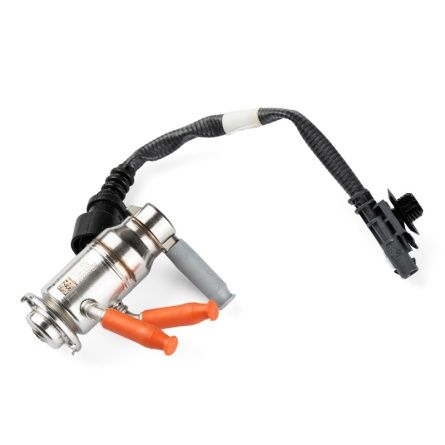
AdBlue Injector
Jeep68375220AA£122.84 £102.37 -
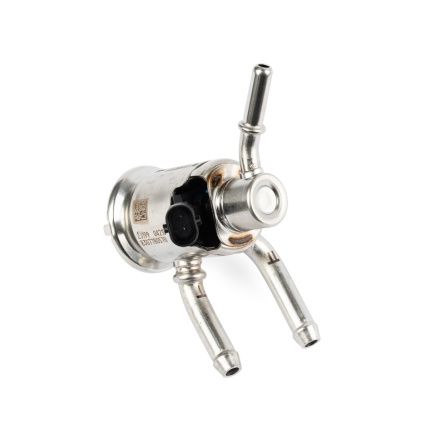
AdBlue Injector
MercedesA0004905100£163.79 £136.49 -
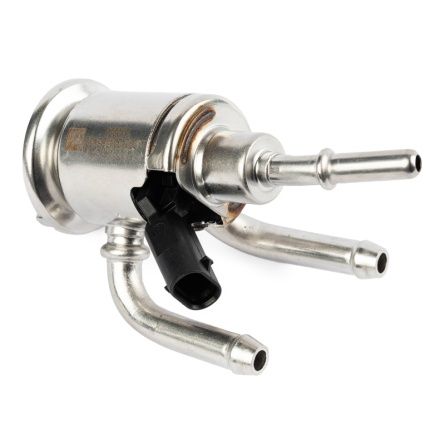
AdBlue Injector
MercedesA0004905300£163.79 £136.49 -
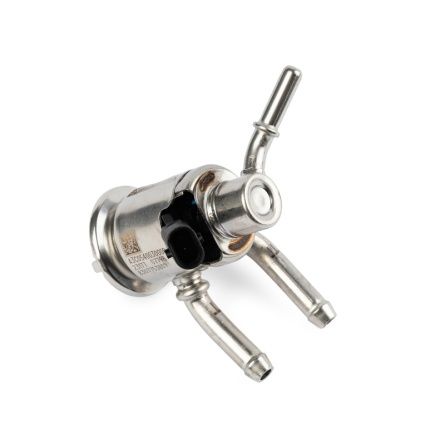
AdBlue Injector
MercedesA0004905900£163.79 £136.49 -
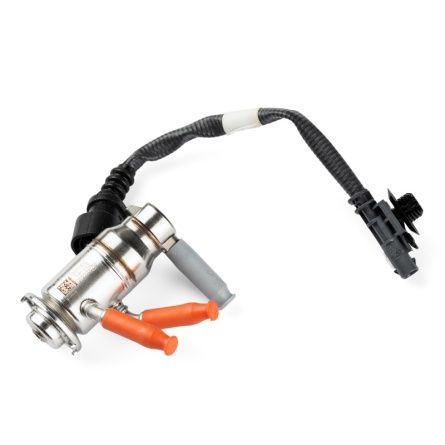
AdBlue Injector
Fiat55283500£122.84 £102.37 -

AdBlue Injector
PSA9802763880£98.27 £81.89
AdBlue injectors
AdBlue injectors have become one of the key components of modern emission reduction systems, combining technological innovation with environmental responsibility. They ensure the precise dosing of AdBlue solution into the exhaust stream, initiating the Selective Catalytic Reduction (SCR) process that significantly lowers harmful nitrogen oxide emissions. However, their role goes far beyond protecting the air – proper injector operation directly impacts engine efficiency, optimal fuel consumption, and compliance with increasingly strict ecological standards. For today’s vehicles, both passenger cars and heavy-duty trucks, a well-functioning AdBlue injector is not only a guarantee of regulatory compliance but also of the reliable and efficient performance of the entire powertrain system.
Understanding AdBlue Injector Functionality
AdBlue injectors play a crucial role in reducing nitrogen oxide (NOx) emissions in modern diesel engines, serving as the central component of the SCR system. Their task is to deliver a precise amount of AdBlue, a urea-based solution, directly into the exhaust stream at the right moment and under carefully controlled conditions. Once injected, the solution mixes with the hot exhaust gases and undergoes a chemical reaction, transforming into ammonia. This ammonia then reacts with the nitrogen oxides present in the exhaust as the gases pass through the SCR catalyst. The outcome of this process is the conversion of harmful NOx compounds into harmless nitrogen and water vapor, which are safely released into the atmosphere.
The effectiveness of the SCR system depends heavily on the performance of the AdBlue injector. If it delivers the wrong amount, injects at the wrong time, or becomes clogged, the system cannot neutralize NOx effectively, leading to increased emissions and potential non-compliance with environmental regulations. By ensuring precise dosing and consistent operation, these injectors not only protect air quality but also allow diesel engines to meet strict Euro 6 and other global emission standards without compromising fuel efficiency or performance.
Signs You Need an AdBlue Injector Replacement
Typical symptoms of a faulty injector often reveal themselves through both dashboard alerts and changes in vehicle performance. One of the first signs drivers may notice is the appearance of warning lights or error messages, such as an AdBlue system fault, an SCR malfunction, or the general check engine light. In many cases, the engine may also experience reduced performance, entering a limp mode that limits power and efficiency. Another clear indicator is increased exhaust emissions, as a malfunctioning injector prevents the SCR system from effectively neutralizing nitrogen oxides. Drivers may also observe unusual exhaust behavior, such as visible smoke or a strong ammonia odor, both of which suggest improper AdBlue dosing. Over time, poor fuel economy can develop as the engine compensates for the disrupted emission control process. These symptoms not only impact driving comfort and efficiency but also increase the risk of failing emissions regulations, making it important to inspect and consider timely AdBlue injector replacement.
AdBlue Injector Replacement Process
Replacing an injector is a delicate process that requires both technical expertise and specialized tools, as it directly affects the functioning of the SCR system. The procedure begins with a diagnostic check to confirm that the injector is indeed faulty, since similar symptoms may also arise from other components such as the pump, sensors, or clogged lines. Once identified as the problem, the vehicle must be safely secured, and the SCR system depressurized to avoid contact with pressurized fluid.
The next step involves disconnecting the electrical connections and hoses linked to the injector. These parts are often sensitive and can be easily damaged if handled incorrectly. The faulty injector is then removed from its mounting point, which may require special tools to avoid damaging surrounding exhaust components. After removal, the injector seat and surrounding area should be cleaned to prevent contamination that could interfere with the new injector’s operation.
The new component is installed with proper torque according to manufacturer specifications. Electrical connectors and hoses are reattached, and the system is re-pressurized. A key step after installation is to reset the AdBlue or SCR system using diagnostic equipment, ensuring the engine control unit recognizes the new injector and clears any stored fault codes. Finally, a test drive confirms that the system is functioning correctly, that no leaks are present, and that warning lights have cleared. Attempting AdBlue injector replacement without professional knowledge carries significant risks, as incorrect installation can lead to leaks, catalyst damage, or ongoing error codes.
Choosing the Right AdBlue Injector for Your Vehicle
When selecting a replacement, compatibility and quality are the two most important factors. Always check the manufacturer’s specifications and identify the correct OE (Original Equipment) number to ensure the injector matches the make, model, and engine type. Even small design differences can prevent it from fitting or functioning properly.
Equally important is the quality of the injector. Choosing a genuine or high-quality OEM-equivalent part guarantees reliability, precise AdBlue dosing, and long service life. Low-cost imitations may look similar but often fail to meet the strict technical requirements of the SCR system, leading to poor performance and higher emissions. Purchase from reputable suppliers or authorized distributors who can provide proof of authenticity and warranty coverage.
Software compatibility is another key factor. Many modern vehicles require the injector to be recognized and calibrated using diagnostic tools after installation. Using a non-compatible part may prevent proper communication, leaving the vehicle in limp mode or displaying persistent error codes. Cross-check the OE number with trusted databases, consult the service manual, or seek advice from a workshop experienced with SCR systems. By prioritizing verified compatibility and proven quality, you ensure reliable performance, fuel efficiency, and full compliance with emission regulations. Ultimately, selecting the right AdBlue injector is not just about replacement—it’s about protecting long-term reliability, environmental responsibility, and driving confidence.